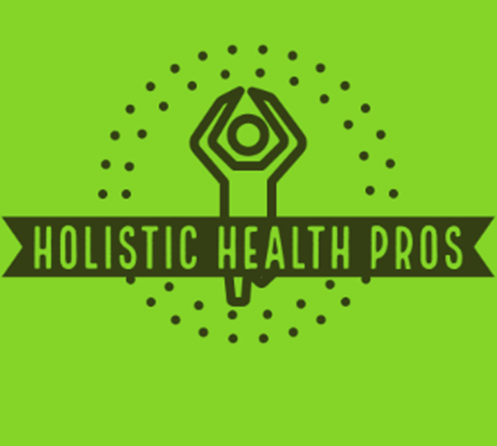Fatigue is one of the most common and distressing side effects for women undergoing treatment for breast cancer — and it can persist for years after treatment ends.
Fortunately, there’s good news: certain types of exercise can significantly reduce this fatigue and help survivors regain energy and quality of life. But which forms of exercise are most effective?
A systematic review and network meta-analysis, appeared in the journal Frontiers in Oncology in February 2025, analyzed 61 clinical trials with more than 4,000 breast cancer survivors to compare different modes of exercise training and their effects on cancer-related fatigue. The results offer clear guidance on what works best.
🏆 Top-Ranked Exercise Options for Beating Cancer-Related Fatigue
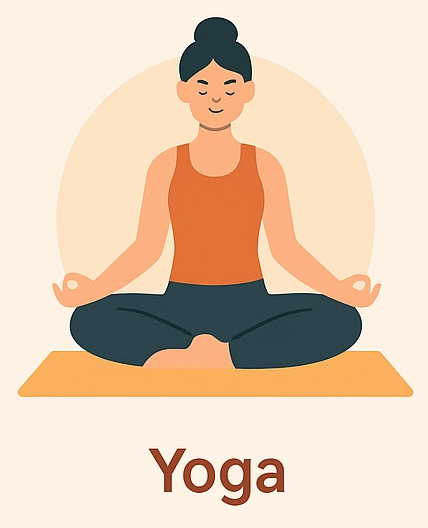
1. Yoga
- Effectiveness: Ranked the most effective for reducing fatigue.
- Why it works: Combines slow movement, breathwork, and meditation to calm the nervous system and support mind-body healing.
- Tip: Try gentle or restorative yoga styles, especially those designed for cancer recovery. Look for instructors trained to work with survivors.
2. Aerobic Exercise
- Effectiveness: Among the most effective interventions.
- Examples: Walking, cycling, swimming, or dancing.
- Why it works: Enhances cardiovascular fitness, improves sleep, and lifts mood.
- Tip: Start with low-impact movement 3–5 times per week for 20–30 minutes. Even short daily walks can be helpful.
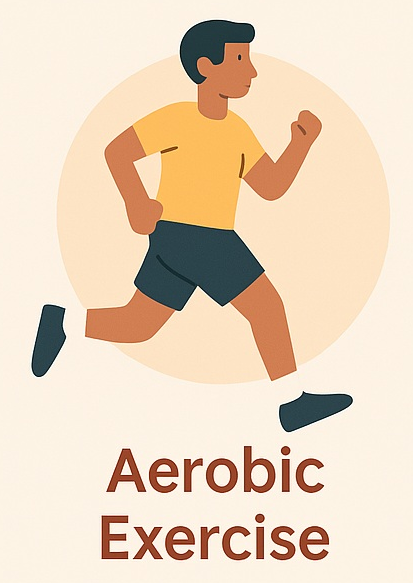
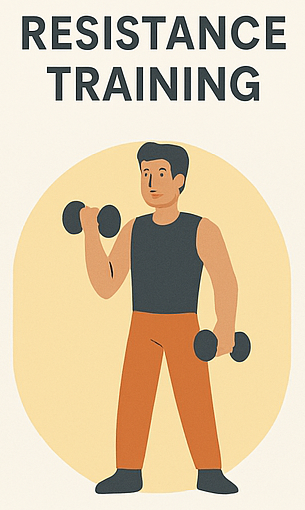
3. Resistance Training
- Effectiveness: Shown to significantly reduce fatigue on its own or combined with aerobic exercise.
- Why it helps: Rebuilds muscle strength and reverses physical deconditioning.
- Tip: Begin with light dumbbells or resistance bands. Focus on whole-body strength and progress gradually.
4. Combined Aerobic + Resistance Training
- Effectiveness: One of the most reliable options for improving cancer-related fatigue.
- Bonus: Also boosts physical function, reduces anxiety, and supports weight management.
- Tip: Pair a brisk walk with bodyweight exercises like squats, step-ups, or light weights.
5. Pilates
- Effectiveness: Moderately effective in reducing fatigue.
- Why it’s promising: Builds core strength, posture, and coordination—reducing tension and improving energy efficiency.
- Tip: Look for beginner-friendly, mat-based Pilates classes. Notify your instructor of any surgical or treatment-related limitations.
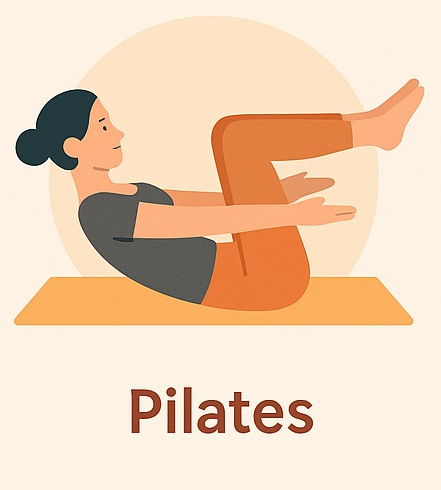
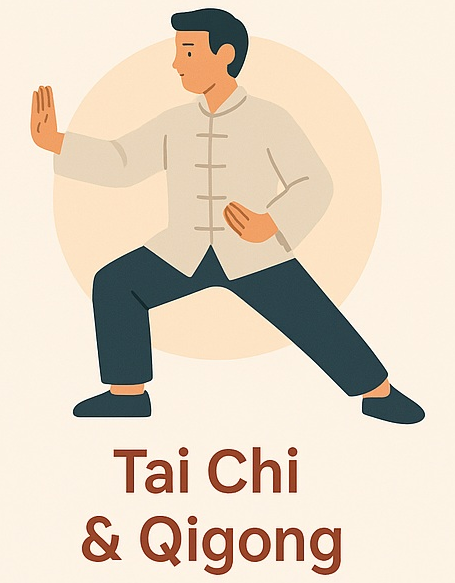
6. Tai Chi and Qigong
- Effectiveness: Modestly effective, though not top-ranked in this review.
- Why it’s helpful: These mind-body practices promote relaxation, balance, and gentle movement—all beneficial for restoring energy and managing stress.
- Tip: Start with short sessions (10–20 minutes) and learn from a qualified instructor familiar with medical populations. These practices may also help with mood and sleep.
🧭 Tailor Your Practice to Fit Your Recovery
The research also emphasized:
- Supervision matters: Supervised exercise programs were often more effective than self-guided ones.
- Duration counts: Benefits were most noticeable after consistent practice for at least 8–12 weeks.
- Choose what you enjoy: The best routine is the one that you’ll stick with. Adapt it to your energy level, preferences, and daily life.
✅Bottom Line
For breast cancer survivors dealing with fatigue, exercise is one of the most effective tools available.
Yoga and combined aerobic-resistance training top the list, but Pilates, aerobic workouts, strength training, and gentle practices like Tai Chi and Qigong all offer meaningful benefits.
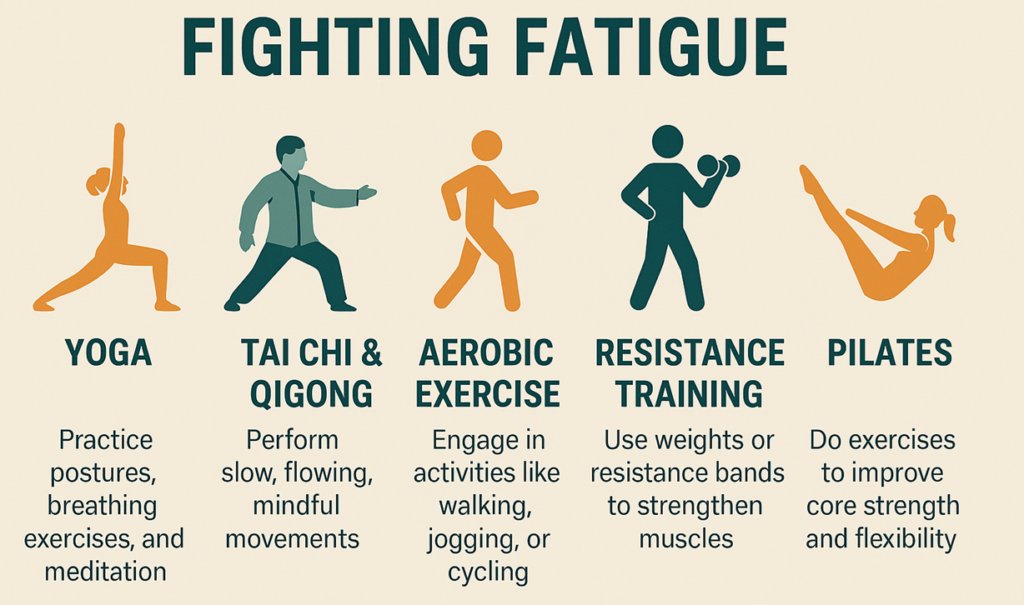
Start with what feels manageable, listen to their bodies, and give themselves credit for every step. With consistency and compassion, movement can help them feel more like themselves again.
